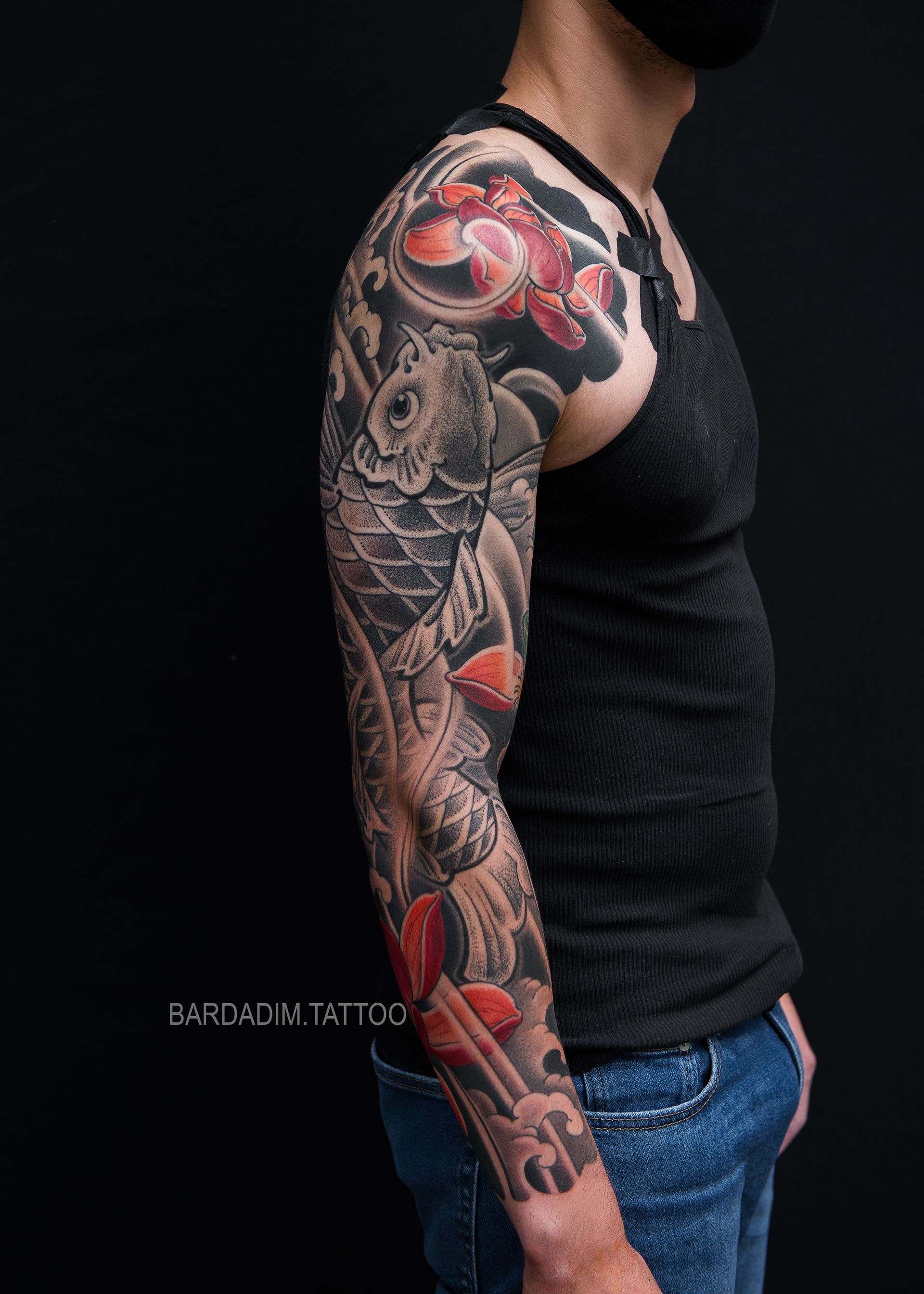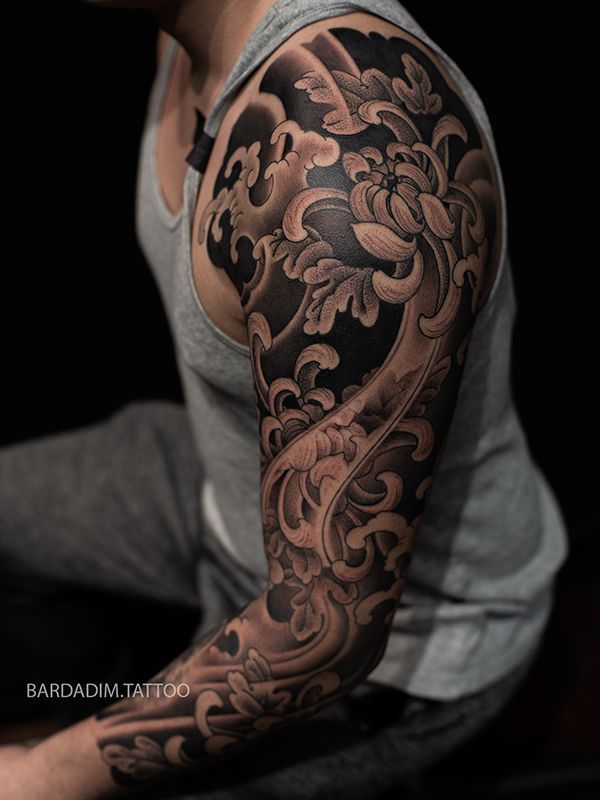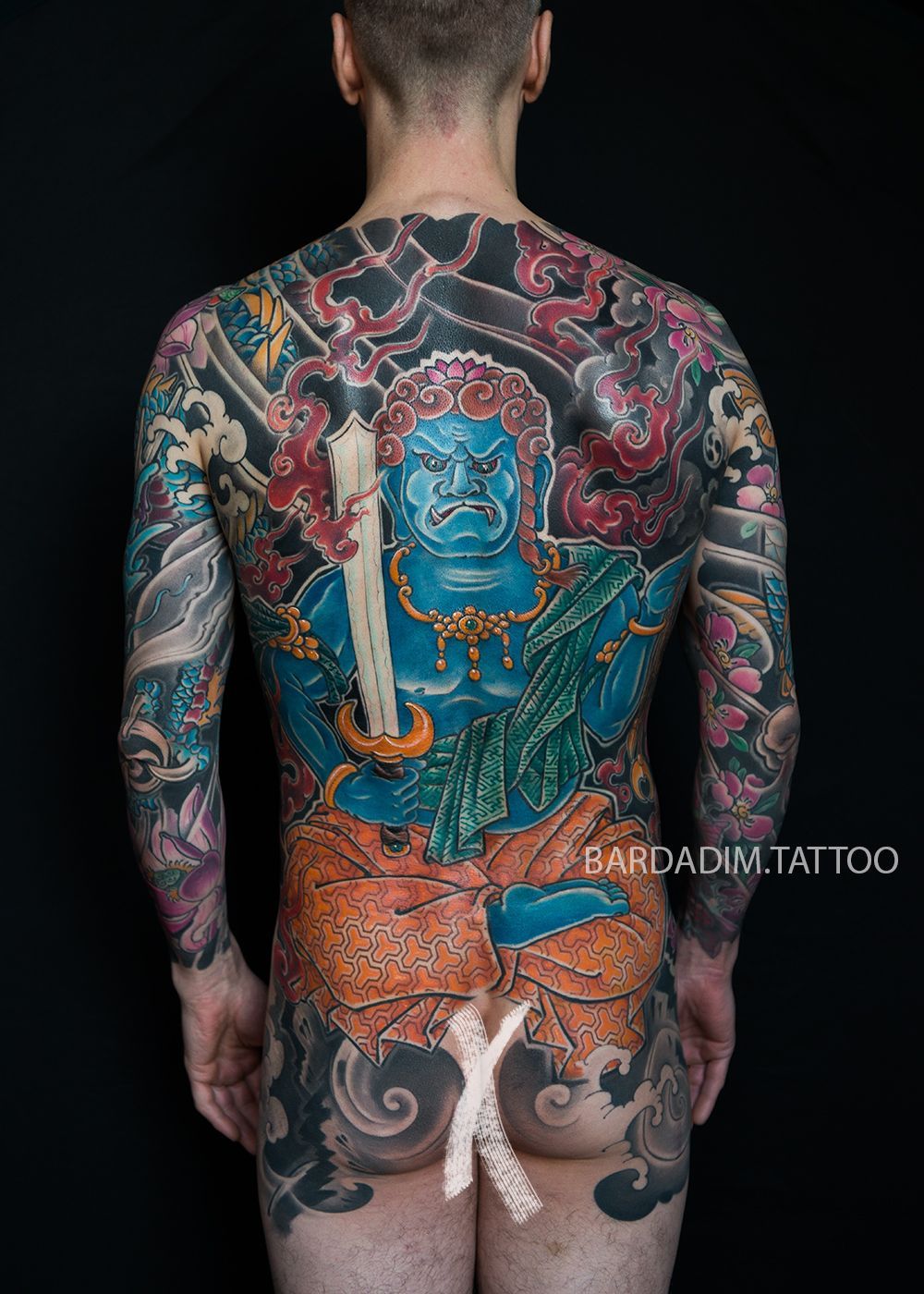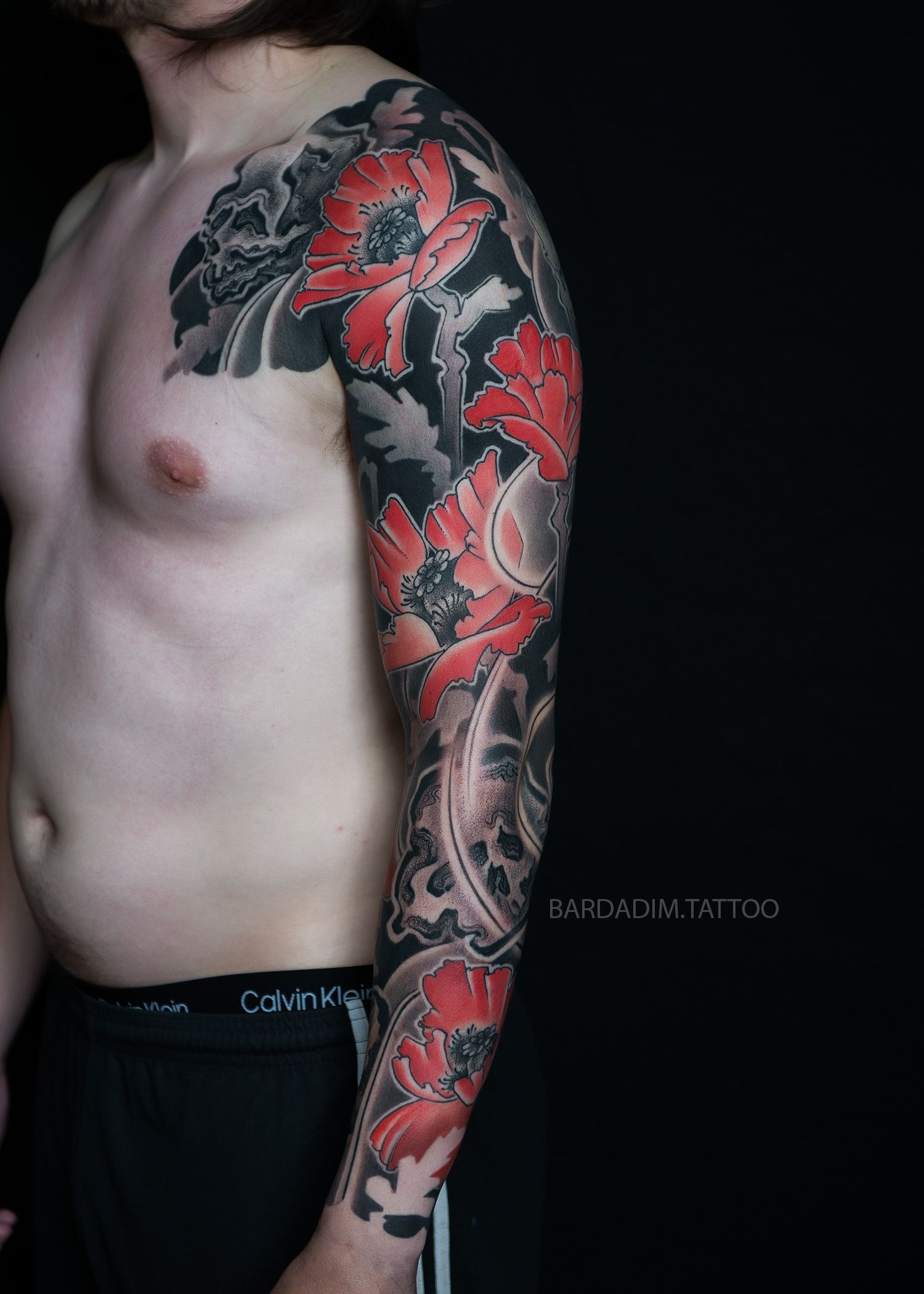The Ultimate Guide to Japanese Tattoo Prices and Timeframes
Japanese tattoos are renowned for their intricate designs and deep cultural significance. If you're considering getting a full sleeve, you might wonder how much time and money you'll need to invest. This guide breaks down the essential factors influencing the time and cost of a Japanese tattoo, ensuring you're well-prepared for this commitment.
How Long Does a Full Sleeve Tattoo Take?
A full sleeve tattoo can take anywhere from 20 to 30 hours to complete, typically spread across 5 to 8 sessions. Several variables influence this timeframe:
- Design Complexity: The more intricate and detailed the design, the longer it will take.
- Arm Size: Larger arms require more time to tattoo than smaller ones.
- Healing Process: Your body's ability to heal between sessions can affect the overall timeline.
- Skin Condition and Sensitivity: Healthier skin may heal faster and tolerate longer sessions.
- Pain Tolerance: Your ability to endure pain can impact how long you can sit for each session.
Given these factors, predicting the exact duration for completing a full sleeve is challenging. However, providing your arm measurements and design concept allows for a more accurate estimate.
Understanding the Cost of a Japanese Tattoo
Currently, we offer a discounted rate of $1400 for our regular 4-hour sessions, providing a significant savings compared to our standard hourly rate of $400. Please note that pricing may vary depending on various factors like:
- Size and Scope: Larger projects, like full-body suits, may qualify for discounts.
- Cover-Ups: Tattoos that incorporate or cover up existing tattoos may have different pricing structures and often require additional consultations.
- Laser Removal: For old tattoos, laser removal is frequently recommended before starting new work.
Session Length and Frequency
Typically, tattoo sessions last between 4 to 5 hours. Longer sessions are avoided to reduce stress on your body and enhance the chances of proper healing. The ideal break between sessions is 2 to 3 weeks, allowing sufficient time for your skin to recover.
The Healing Process and Its Impact on Tattoo Duration
Healing plays a crucial role in the overall timeline for completing a full sleeve. Rushing the process can lead to poor healing and affect the final appearance of the tattoo. In exceptional cases, some individuals may desire to complete a sleeve in a few days, but this approach is not recommended due to the significant stress it places on both the artist and the client. Ensuring ample healing time between sessions is key to achieving a beautiful and lasting tattoo.
Tips for a Successful Tattoo Experience
- Prepare Your Skin: Ensure your skin is in the best possible condition before starting your tattoo. Stay hydrated, moisturize, and avoid sunburns.
- Follow Aftercare Instructions: Proper aftercare is essential for good healing. Follow your artist's instructions meticulously to avoid infections and promote faster recovery.
- Communicate with Your Artist: Keep an open line of communication with your tattoo artist. Discuss your pain tolerance, healing concerns, and any other issues that may arise during the process.
- Enjoy the Journey: Remember, getting a tattoo is a significant journey. Enjoy each session and appreciate the artistry involved in creating your unique design.
Final Thoughts
Embarking on the journey to get a Japanese full sleeve tattoo is a significant commitment of time, money, and patience. By understanding the various factors that influence the process, you can better prepare yourself for the experience. With proper planning and communication with your artist, you'll achieve a stunning piece of body art that you can proudly display for years to come.
All Tattoo Projects
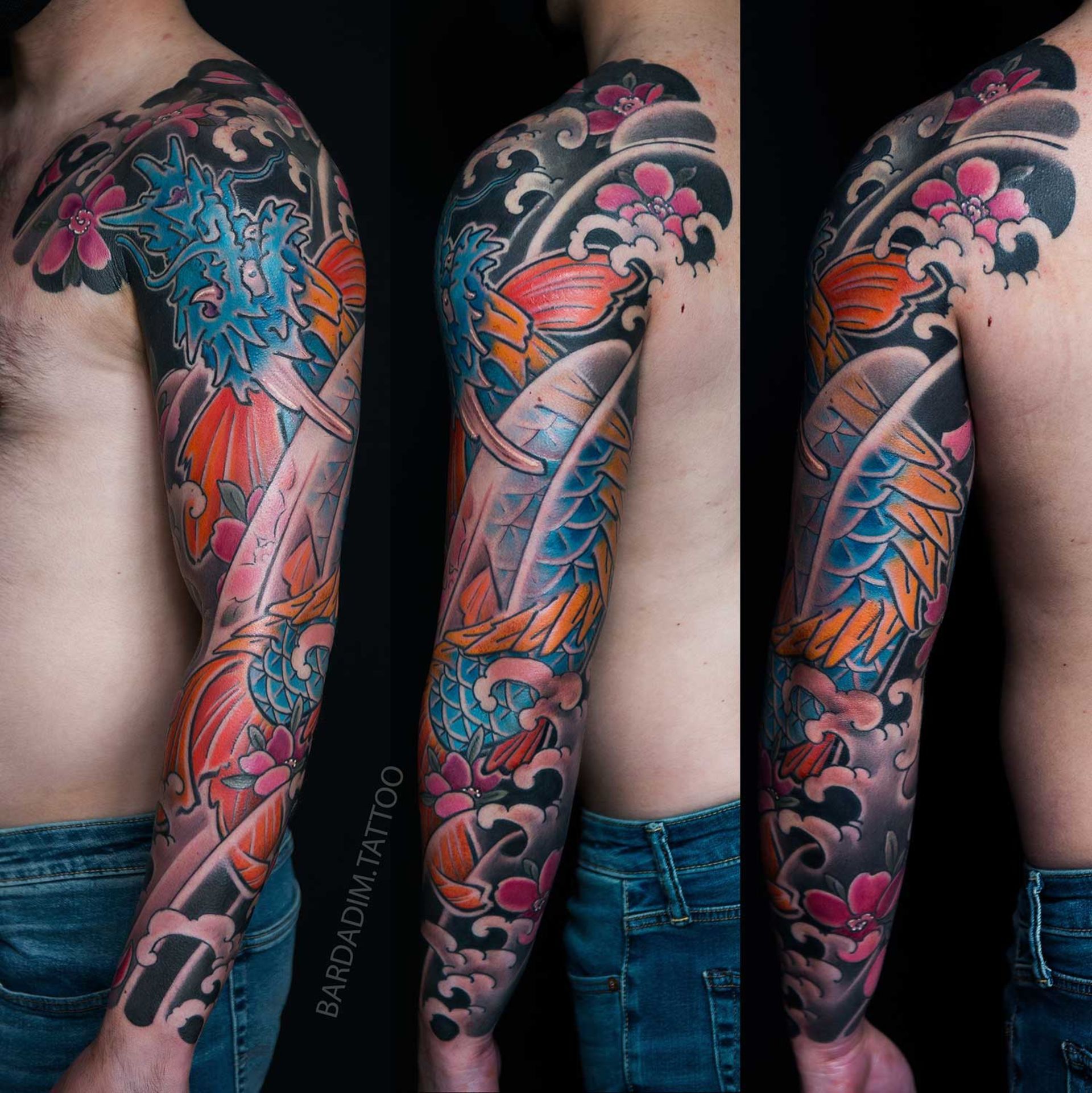
Other Posts


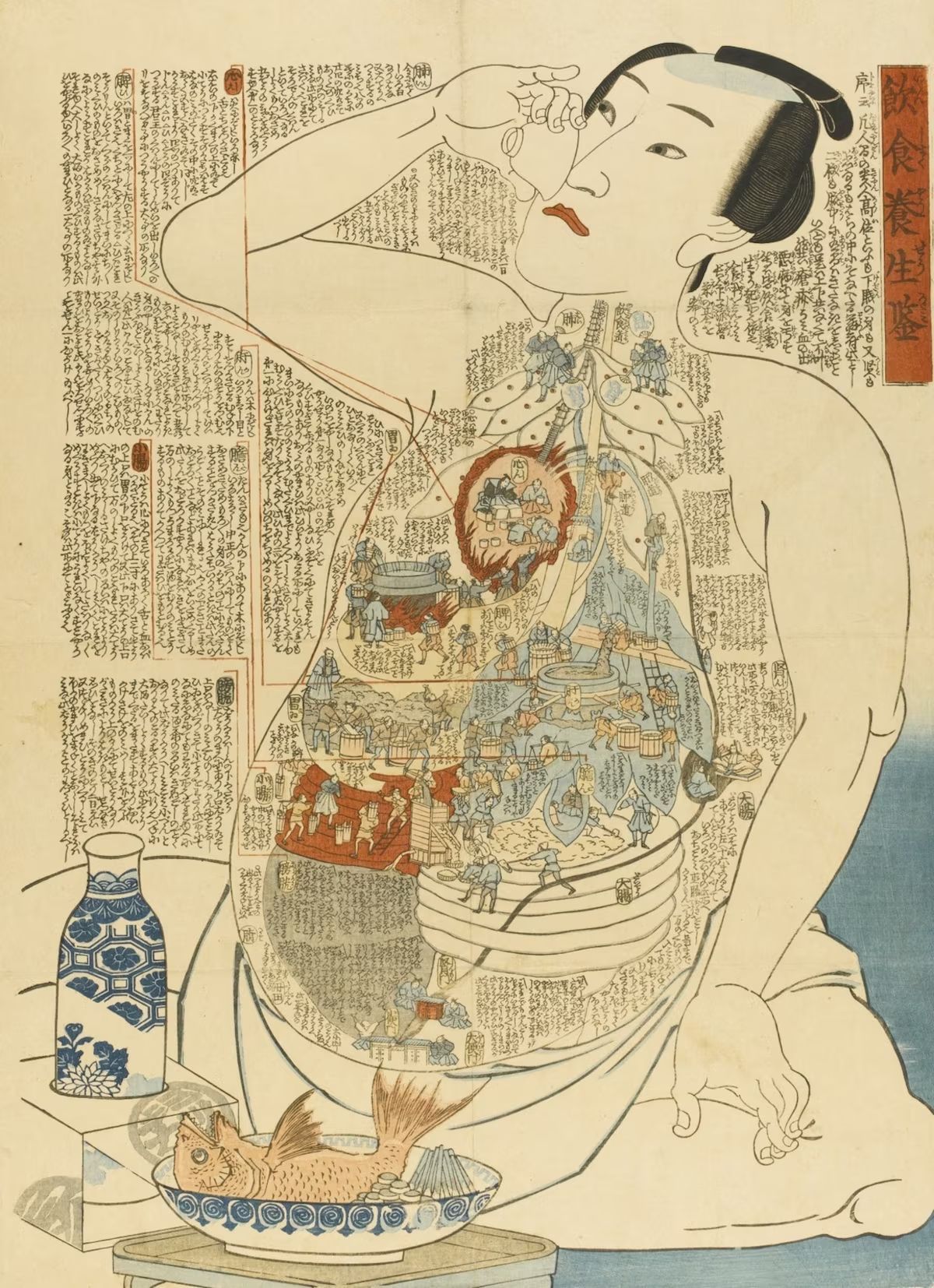
Ready to start your tattoo project?
We do NOT do walk-ins. ONLY private appointments which really easy to schedule. Please learn the process and request your consultation.



